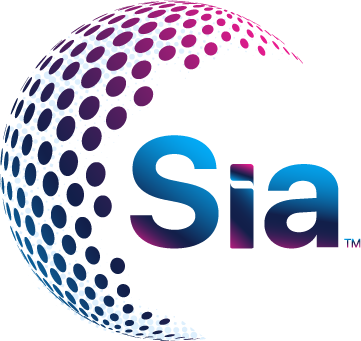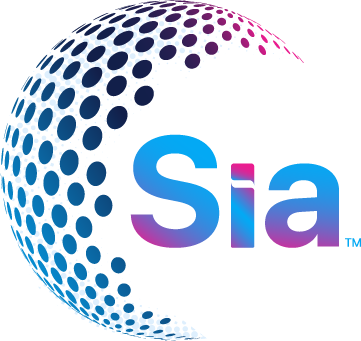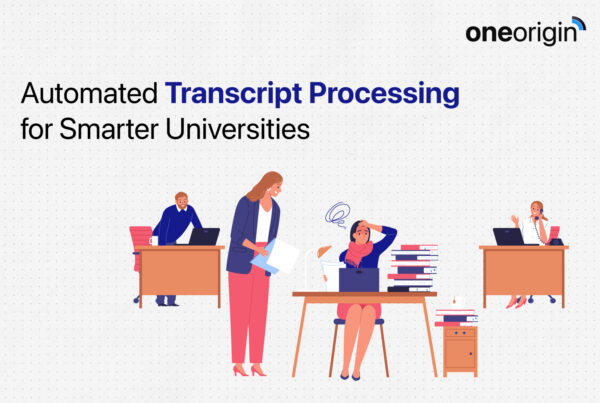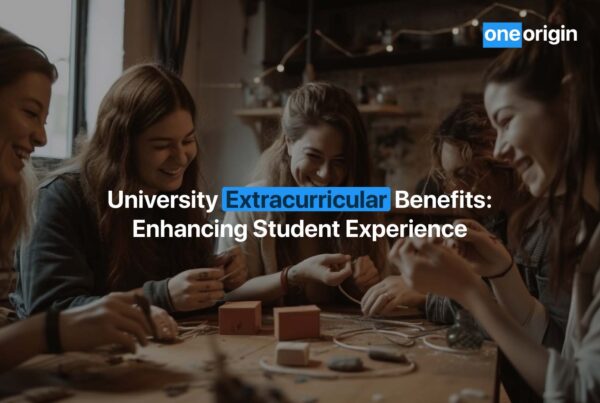Navigating the labyrinth of college costs requires more than just a map, it demands a strategy. In this blog, we embark on a journey to demystify the complexities of college expenses and arm you with the knowledge to make informed financial decisions. From understanding the root cause of educational expenses to leveraging scholarships and grants, this guide is your compass to financial savvy in the realm of higher education.
Introduction to Rising Costs in Higher Education
Understanding the current trends in the cost of higher education is crucial for students embarking on their academic journeys. The impact of these rising costs extends beyond just the financial aspect, affecting access to education, student choices, and long-term career paths. By grasping the factors contributing to this upward trajectory, students can better prepare for the financial commitments ahead.
The first step to conquering college costs is understanding what you’re up against. Tuition and fees are just the tip of the iceberg. Accommodations, books, and personal expenses add layers to the financial load. By dissecting these costs, we can identify areas where smart choices lead to significant savings.
The Root Causes of Soaring Educational Expenses
A deep dive into the economic, administrative, and technological factors driving up the costs of higher education reveals a complex interplay of elements. From the expansion of campus facilities to the integration of cutting-edge technologies, each aspect plays a role in the overall financial landscape of higher education.
- Economic Influences
The economic factors contributing to rising educational costs are diverse, including inflation, public funding shifts, and the growing demand for higher education. Inflation naturally leads to increased operational costs, which institutions often pass on to students in the form of higher tuition fees. - Administrative Expenditures
Administrative spending within higher education institutions has seen a marked increase over the years. This encompasses salaries and benefits for a growing number of administrators and staff, whose roles are crucial in managing the complex operations of modern universities.
- Technological Advancements
The integration of cutting-edge technology into the educational sphere is another key driver of rising costs. While technological advancements have the potential to enhance learning outcomes and accessibility, they also come with high initial investment and ongoing maintenance costs. - Campus Facilities Expansion
The continuous expansion and upgrading of campus facilities also play a significant role in escalating educational expenses. Institutions often engage in constructing new buildings and renovating existing ones to provide cutting-edge learning environments, accommodate growing student populations, and attract faculty.
Rising Costs in Higher Education: Strategies to Help Students Succeed
In the face of rising educational costs, strategic financial planning and awareness of scholarship opportunities become indispensable tools for students. By adopting proactive financial strategies, students can secure the resources necessary for their academic pursuits.
The traditional avenues of funding education are being complemented by innovative options like crowdfunding and income share agreements. These alternatives offer new pathways for students to finance their education while minimizing debt.
Understanding the intricacies of financial aid, from FAFSA to state and federal grants, is key to maximizing the financial resources available to students. This knowledge can open doors to substantial aid packages that significantly reduce the financial burden of higher education.
Scholarship and Grant Strategies
Securing scholarships and grants is a pivotal strategy for students aiming to mitigate the financial burdens of higher education. This endeavor demands a well-planned approach, beginning with diligent research to uncover a wide array of available opportunities that align with a student’s academic achievements, talents, and socioeconomic background. Crafting compelling applications is equally crucial, necessitating thoughtful essays, strong recommendations, and a showcase of accomplishments and potential. When executed effectively, this strategic pursuit not only eases the financial strain associated with college expenses but also recognizes and rewards students’ hard work and unique capabilities, making higher education more accessible and less daunting financially.
Work-Study Programs and Part-Time Employment
Balancing the demands of work and study can be a formidable challenge, yet it simultaneously serves as a practical approach to funding one’s education. Engaging in work-study programs or securing part-time employment not only alleviates the financial burden associated with pursuing higher education but also furnishes students with crucial professional experience. This dual benefit enables students to not only manage their educational expenses more effectively but also to develop essential skills and real-world insights that are highly valued in the job market. Such experiences can enhance a resume, build professional networks, and provide a clearer understanding of career goals, thus offering a strategic advantage in the competitive post-graduation landscape.
In conclusion, mastering college costs involves strategic planning and utilizing available resources. This blog has explored the complexities of educational expenses, highlighted their root causes, and presented practical strategies like scholarships and part-time work to ease financial pressures. Armed with this knowledge, students can confidently tackle college expenses, turning a challenging endeavor into a manageable path toward academic achievement and financial security.





